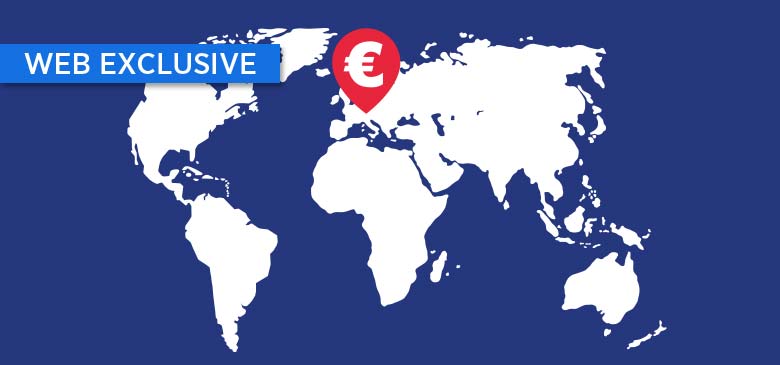
France has entered 2017 by becoming only the second country in the world to issue sovereign green bonds.
Its policy follows a similar issuance drive launched in December by Poland, which plans to roll out €750m worth of sovereign green bonds over the next five years.
France has already garnered significant acclaim from global green finance advocates the Climate Bonds Initiative. In a statement, the group hailed the Gallic venture for setting “a shining example for other governments… both in terms of ambition and disclosure”.
The group described as “staggering” the €10bn of securities allocated to the French scheme. Those assets are set against the nation’s budget, plus its high-profile industrial-strategy programme, Investments for the Future.
Tenors in the offering will last between 15 and 25 years.
In the view of the Climate Bonds Initiative, the level of disclosure pledged in the scheme is “very promising”. France will publish an annual report on proceeds deployment, plus an ex-post environmental-impacts study of the green projects it has financed through the issue.
“The former will be independently verified,” the Initiative explained, “and the latter overseen by an independent Evaluation Council of international green finance experts, who will define the reporting specifications/methodology in the coming months.”
As The Treasurer reported in December, a recent study from the European Commission found that total issuance in the global green bonds market during 2015 reached $41.8bn.
However, the Commission also identified a series of ‘bottlenecks’ that have hindered green finance expansion, such as a lack of clear risk profiles for project investments and low levels of market information in the field.
The report recommended sovereign green bonds programmes as one, crucial way in which national governments could help to overcome those bottlenecks.
Enthusiasm for this strategy is clearly running high, as Kenya, Luxembourg, Morocco, Nigeria and Sweden have already announced plans for their own sovereign green bonds issues.
But doubts linger over the extent of trailblazer Poland’s commitment to a greener future.
In April last year, a major report from Carbon Market Watch castigated Poland over the way it had chosen to take advantage of the EU Emissions Trading System (ETS).
Under Article 10c of the ETS, lower-income member states are able provide their existing electricity plants with free subsidies, on the condition that they invest at least the equivalent value of those allowances in efforts to diversify and modernise their energy infrastructures.
However, the report noted: “Independent analysis of planned investments reveals that Article 10c is used to support electricity production largely through subsidising coal power, including investments in the second-largest fossil-fuel power station in the world (Belchatow lignite-fired power station in Poland).”
It added: “Rather than diversifying energy sources, three of the biggest beneficiary countries – Poland, the Czech Republic and Romania – who account for 85% of the free allowances to be handed out, will essentially use the accompanying investments to modernise fossil-fuel capacity, invest in new fossil-fuel energy production, such as hard coal and lignite, or increase future coal consumption.”
